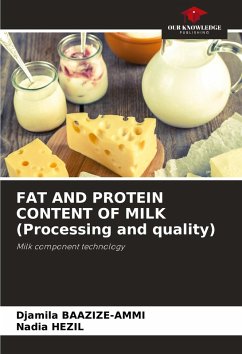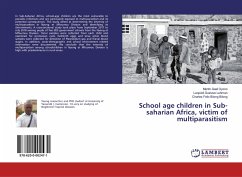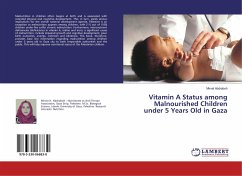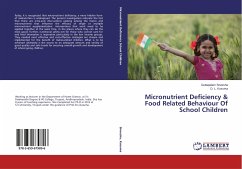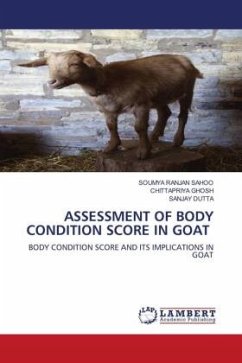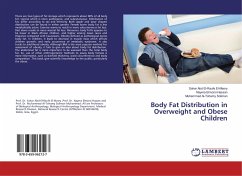
Body Fat Distribution in Overweight and Obese Children
Versandkostenfrei!
Versandfertig in 6-10 Tagen
27,99 €
inkl. MwSt.

PAYBACK Punkte
14 °P sammeln!
There are two types of fat storage which represents about 80% of all body fat: visceral which is more pathogenic, and subcutaneous. Distribution of fat, differ according to sex and ethnicity. Both 'apple' and 'pear' shaped distribution can be found in either gender. Female lower body fat is less metabolically active. Exercise seems to result in more subcutaneous fat loss. Diet alone results in more visceral fat loss. Moreover, body fat% appears to be lower in black African children, and higher among Asian races and Hispanics compared with Caucasians. Obesity defined as pathological excess body...
There are two types of fat storage which represents about 80% of all body fat: visceral which is more pathogenic, and subcutaneous. Distribution of fat, differ according to sex and ethnicity. Both 'apple' and 'pear' shaped distribution can be found in either gender. Female lower body fat is less metabolically active. Exercise seems to result in more subcutaneous fat loss. Diet alone results in more visceral fat loss. Moreover, body fat% appears to be lower in black African children, and higher among Asian races and Hispanics compared with Caucasians. Obesity defined as pathological excess body fat. In children, it leads to decrease in muscle mass which affects children growth, and early occurrence of metabolic syndrome. It also tracks to adulthood obesity. Although BMI is the most popular method for assessment of obesity, it fails to give an idea about body fat distribution. The abdominal fat is more important to be assessed than the total body fat. So, use of other anthropometric methods to assess body fatness is more informative, such as skinfold thickness, waist circumference and body composition .This book give scientific knowledge to the public; particularly the obese.




